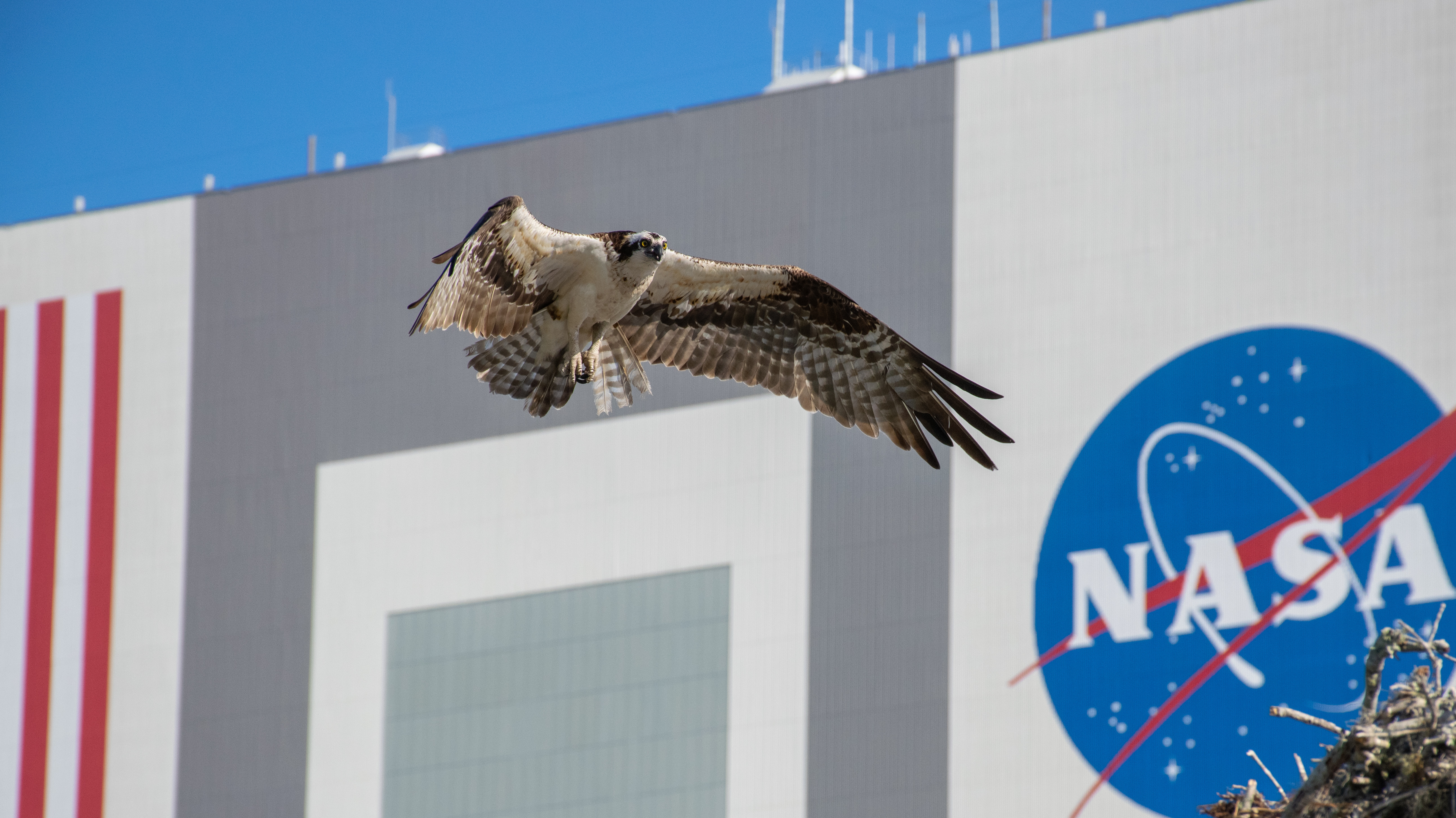Delayed Harvest: Why September's Full Moon Arrives in October

Next Thursday's full moon is somewhat special: It will also carry the title of "Harvest Moon" for those living in the Northern Hemisphere.
The moon officially turns full when it reaches that spot in the sky opposite to (180 degrees from) the sun, and this moment will occur on Thursday at 1840 GMT (2:40 p.m. EDT, 11:40 a.m. PDT).
But this full moon is also the one that comes closest on the calendar to the September equinox. In 2017, this circumstance occurs later than usual; it's in October, as opposed to the more traditional month of September. [Harvest Moon 2017: When and How to See October's Full Moon]
October oddities
Between 1970 and 2050, there are 18 years when the Harvest Moon comes in October. The last time was in 2009, and the next time will be in 2020. On average, October Harvest Moons come every three years, although the time frame can be quite variable and as many as eight years can elapse between these events (the next such gap will come between 2020 and 2028). 2017's Harvest Moon comes rather late, although it can occur as early as Sept. 8 (as in 1976) or as late as Oct. 7 (as in 1987).
Full moon names date back to Native Americans living in what is now the northern and eastern United States. Those tribes kept track of the seasons by giving distinctive names to each recurring full moon, and those names were applied to the entire month in which the full moon occurred. At the peak of the harvest, farmers can work into the night by the light of the Harvest Moon, hence the name. Corn, pumpkins, squash, beans and wild rice — the chief Native American staples — become ready for gathering at this time.
Not a "long night's moon"
Many people think that the Harvest Moon remains in the night sky longer than any of the other full moons, but that's not so. In fact, the full moon occurring nearest to the winter solstice is the one that stays above the horizon the longest; at midnorthern latitudes, it remains aloft in excess of 15 hours. What sets the Harvest Moon apart from the others is that it rises at about the same time the sun sets. More importantly, at this time of year, instead of rising its normal average of 50 minutes later each evening, the moon seems to rise at roughly the same time each night.
For example, in Cleveland, moonrise on Oct. 4 is at 6:50 p.m. On Oct. 5, the moon rises at 7:23 p.m., and on Oct. 6, it rises at 7:57 p.m. So instead of the normal 50 minutes later each night, around the time of the Harvest Moon, the moonrise comes about 33 minutes later each night.
Get the Space.com Newsletter
Breaking space news, the latest updates on rocket launches, skywatching events and more!
Worldwide variations
The night-to-night difference in moonrise is actually greatest in the south. For example, Brownsville, Texas, located near latitude 25.9 degrees north, sees moonrise come an average of 42 minutes later each night. Meanwhile, the difference is less if you go farther north; at Fort McMurray in Alberta, Canada, located at latitude 56.7 degrees north, the average difference is 21 minutes.
The reason for that variation is that the moon appears to move along the ecliptic, and at this time of year, the ecliptic makes its smallest angle with respect to the horizon for those living in the Northern Hemisphere. [2017 Full Moon Calendar]
In contrast, for those living in the Southern Hemisphere, the ecliptic at this time of year appears to stand almost perpendicular (at nearly a right angle) to the eastern horizon. As such, the difference for the time of moonrise exceeds the average of 50 minutes per night. At Auckland, New Zealand (43.5 degrees south), for instance, the night-to-night difference amounts to 71 minutes.
Interestingly, for those who live near 70 degrees north latitude, the moon does indeed rise at the same time each night around the time of the Harvest Moon. And for those who live even farther to the north, there's a paradox: The moon rises earlier! At Barrow, Alaska (latitude 71.3-degrees north), for instance, the times of moonrise on Oct. 4, 5 and 6 will be 8:10 p.m., 8:04 p.m. and 7:57 p.m., respectively,
So, from Barrow, the moon will rise about 7 minutes earlier each night.
Joe Rao serves as an instructor and guest lecturer at New York's Hayden Planetarium. He writes about astronomy for Natural History magazine, the Farmer's Almanac and other publications, and he is also an on-camera meteorologist for Verizon Fios1 News, based in Rye Brook, New York. Follow us @Spacedotcom, Facebook and Google+. Original article on Space.com.
Join our Space Forums to keep talking space on the latest missions, night sky and more! And if you have a news tip, correction or comment, let us know at: community@space.com.

Joe Rao is Space.com's skywatching columnist, as well as a veteran meteorologist and eclipse chaser who also serves as an instructor and guest lecturer at New York's Hayden Planetarium. He writes about astronomy for Natural History magazine, Sky & Telescope and other publications. Joe is an 8-time Emmy-nominated meteorologist who served the Putnam Valley region of New York for over 21 years. You can find him on Twitter and YouTube tracking lunar and solar eclipses, meteor showers and more. To find out Joe's latest project, visit him on Twitter.









